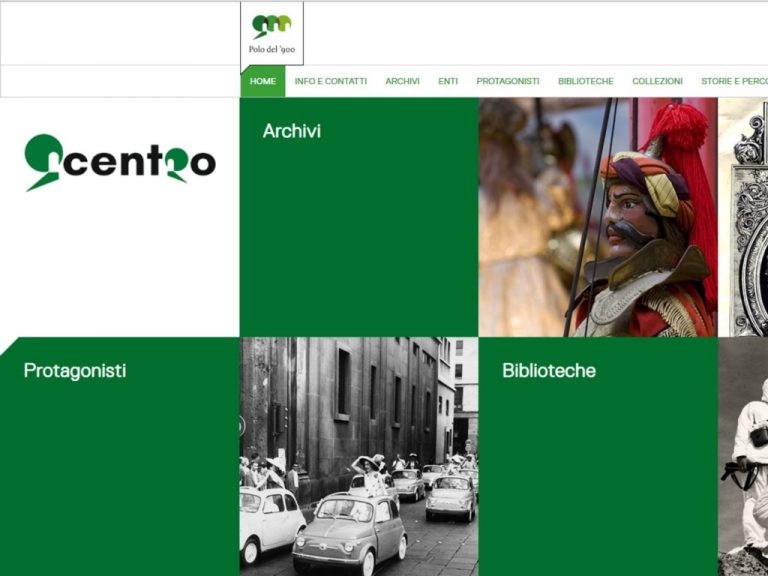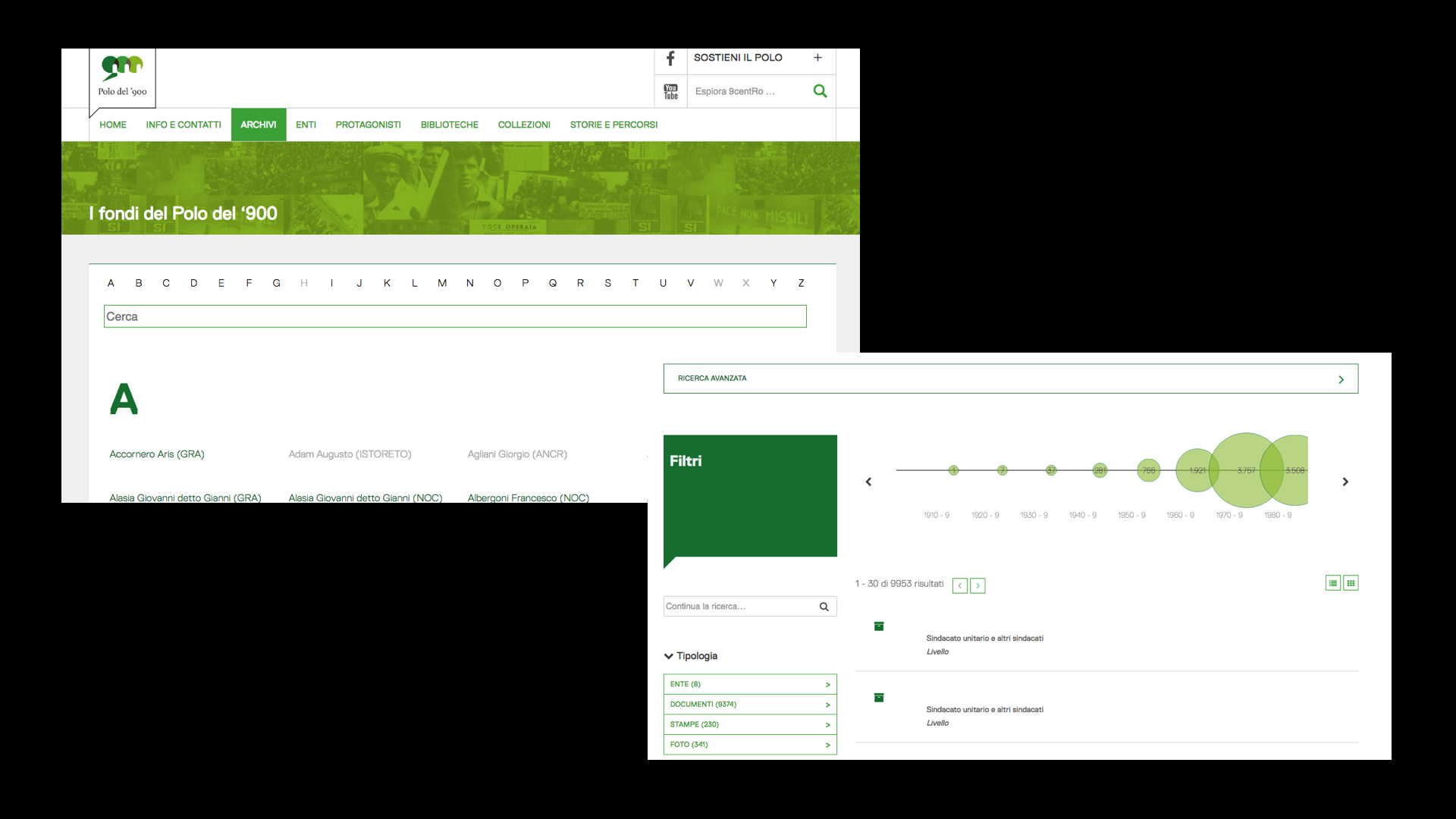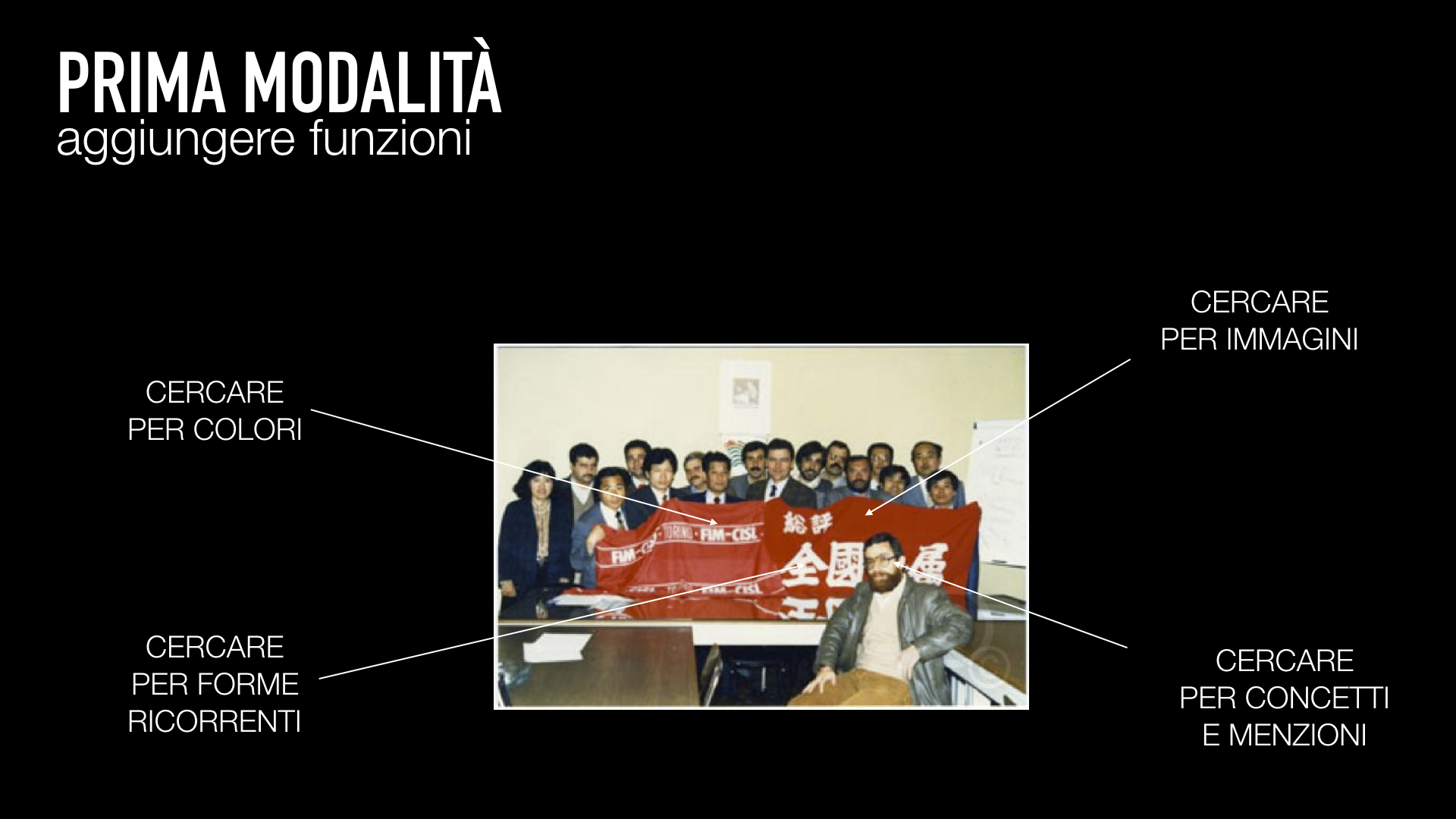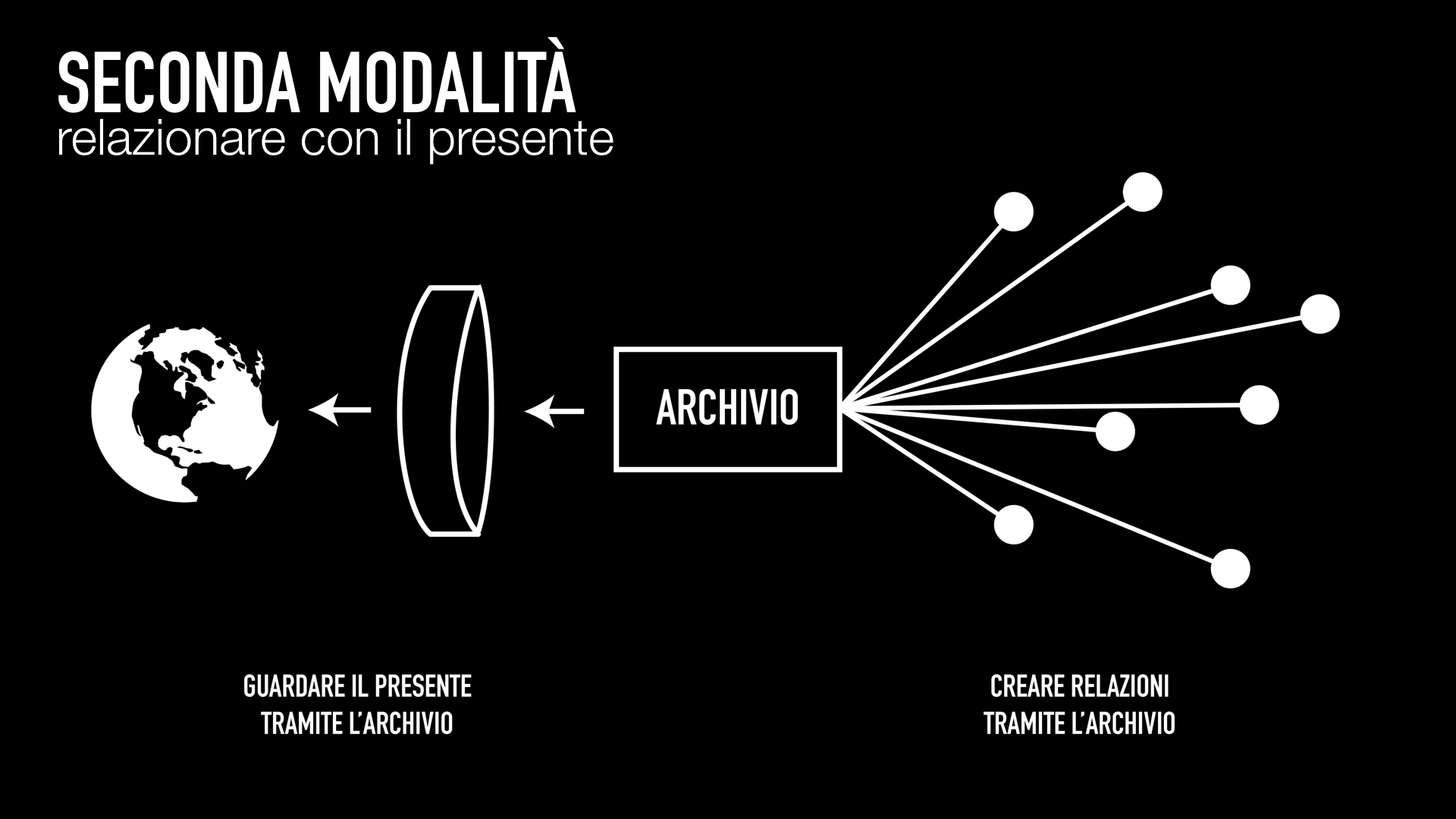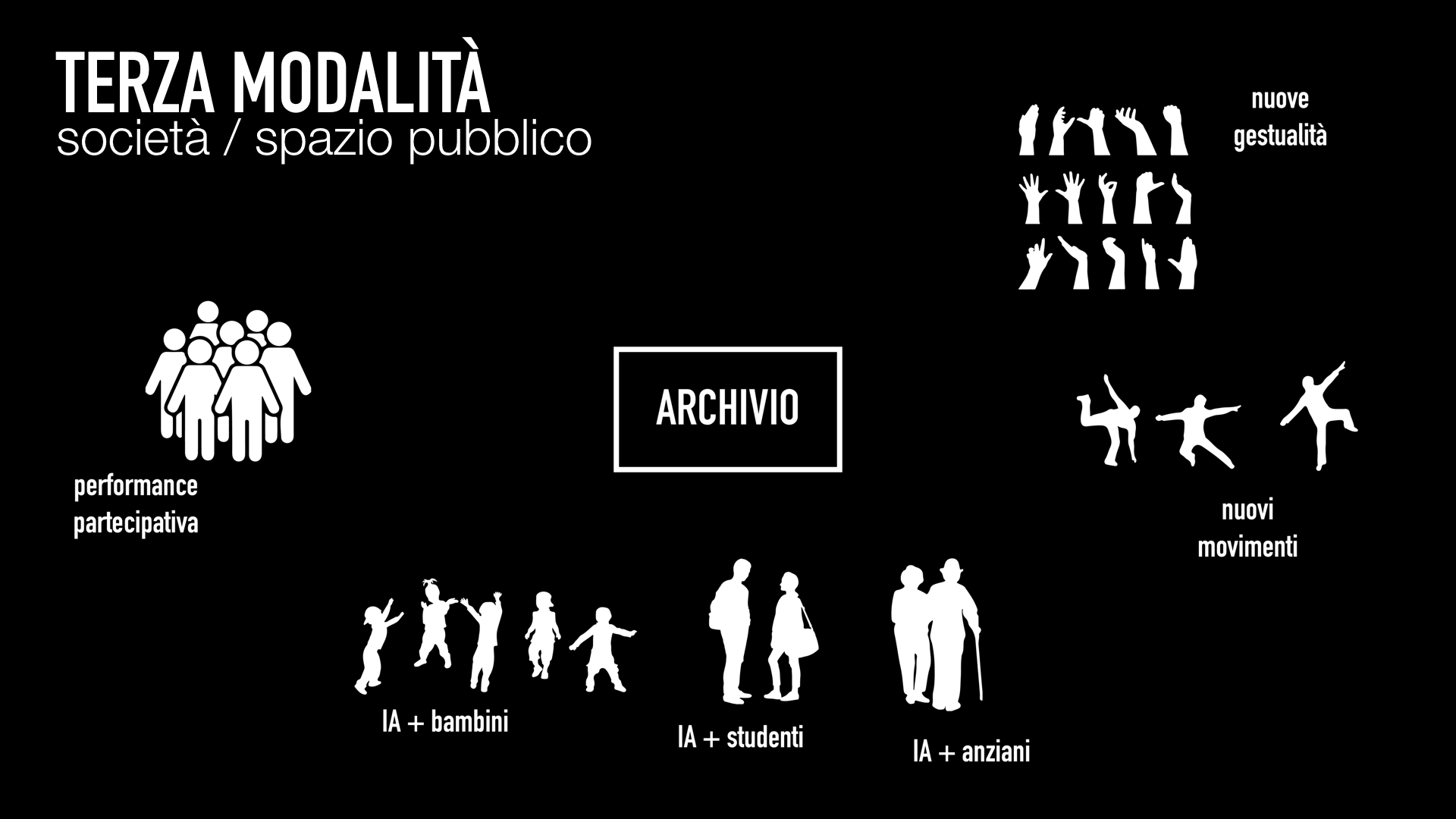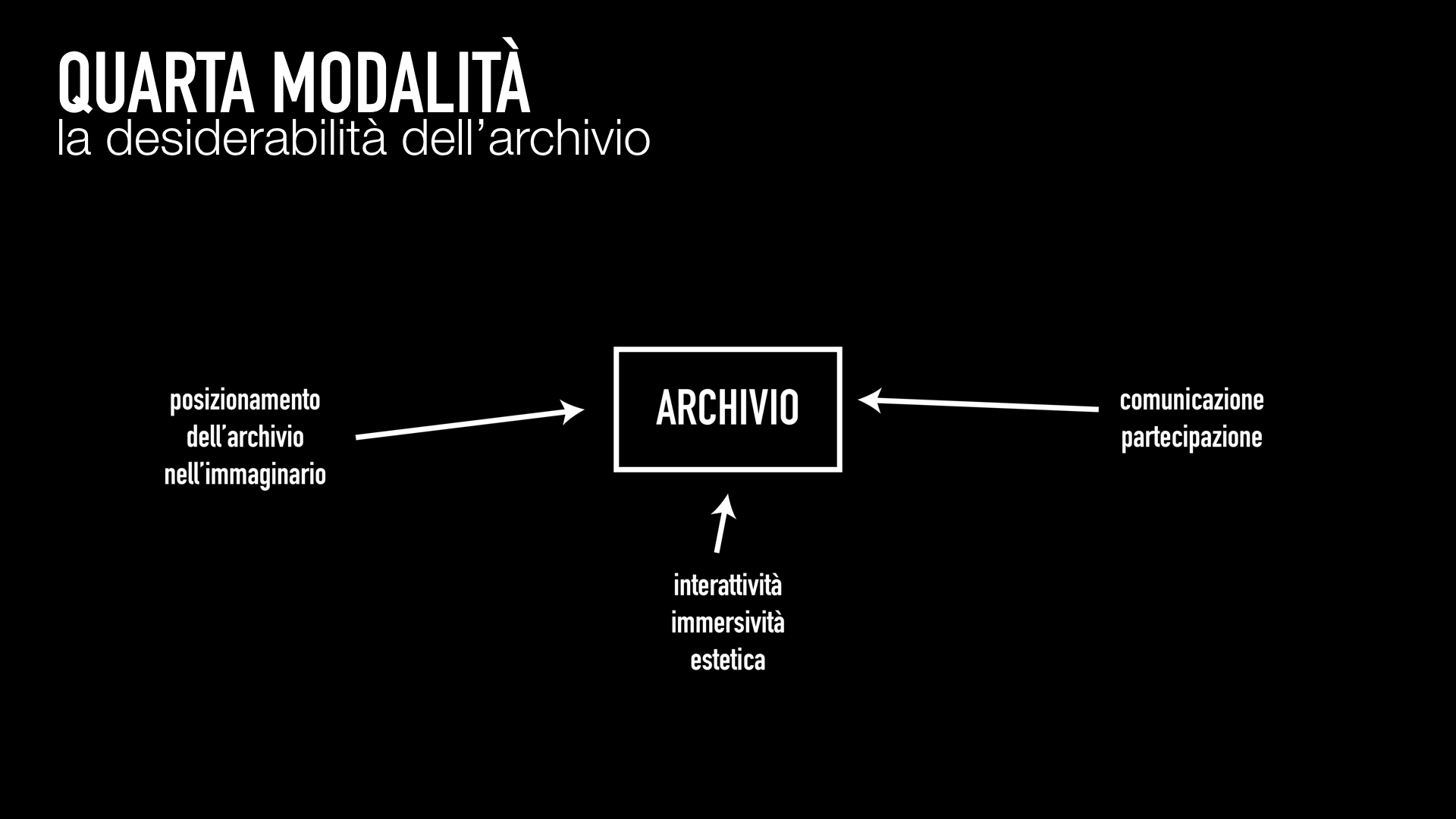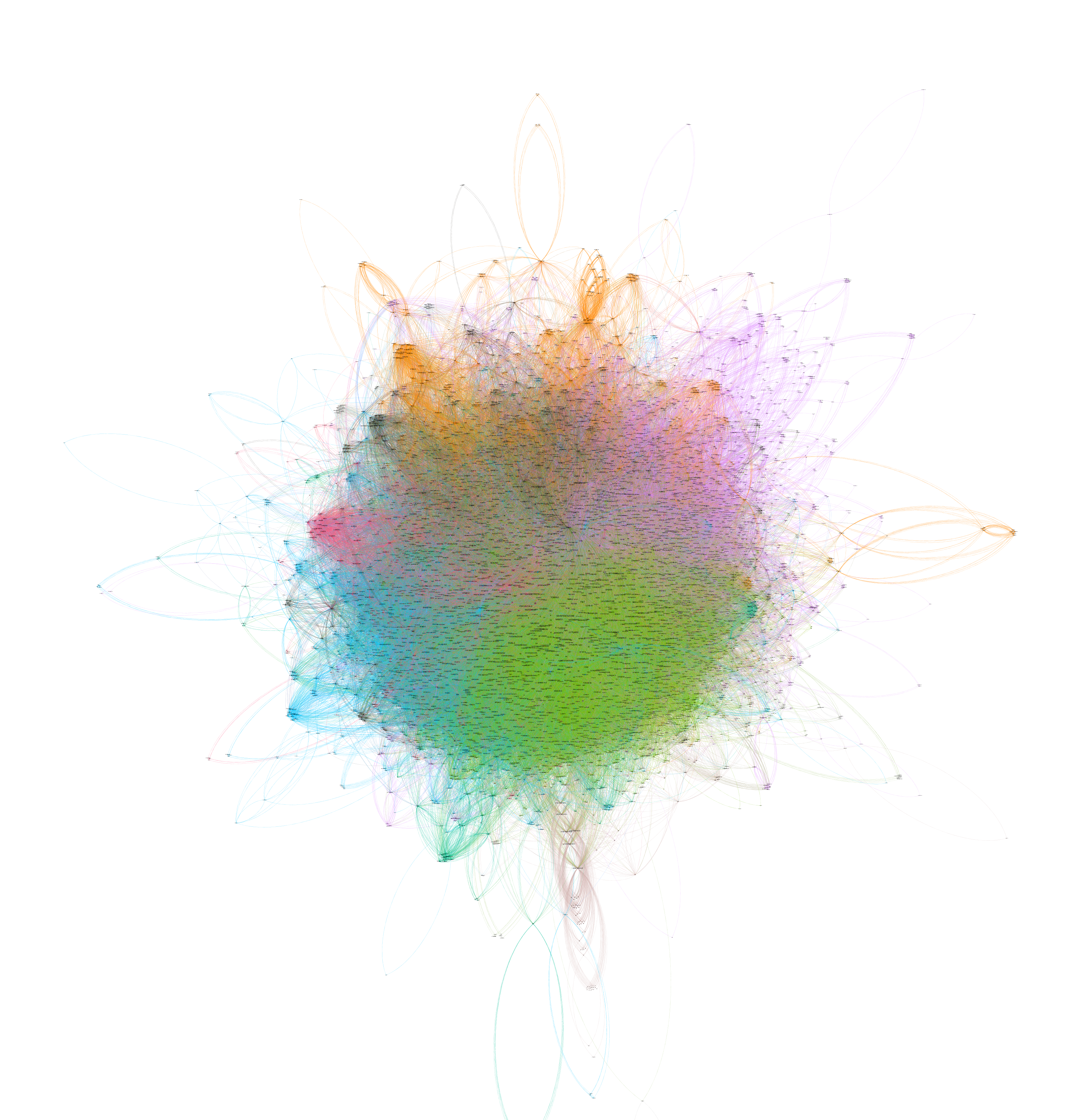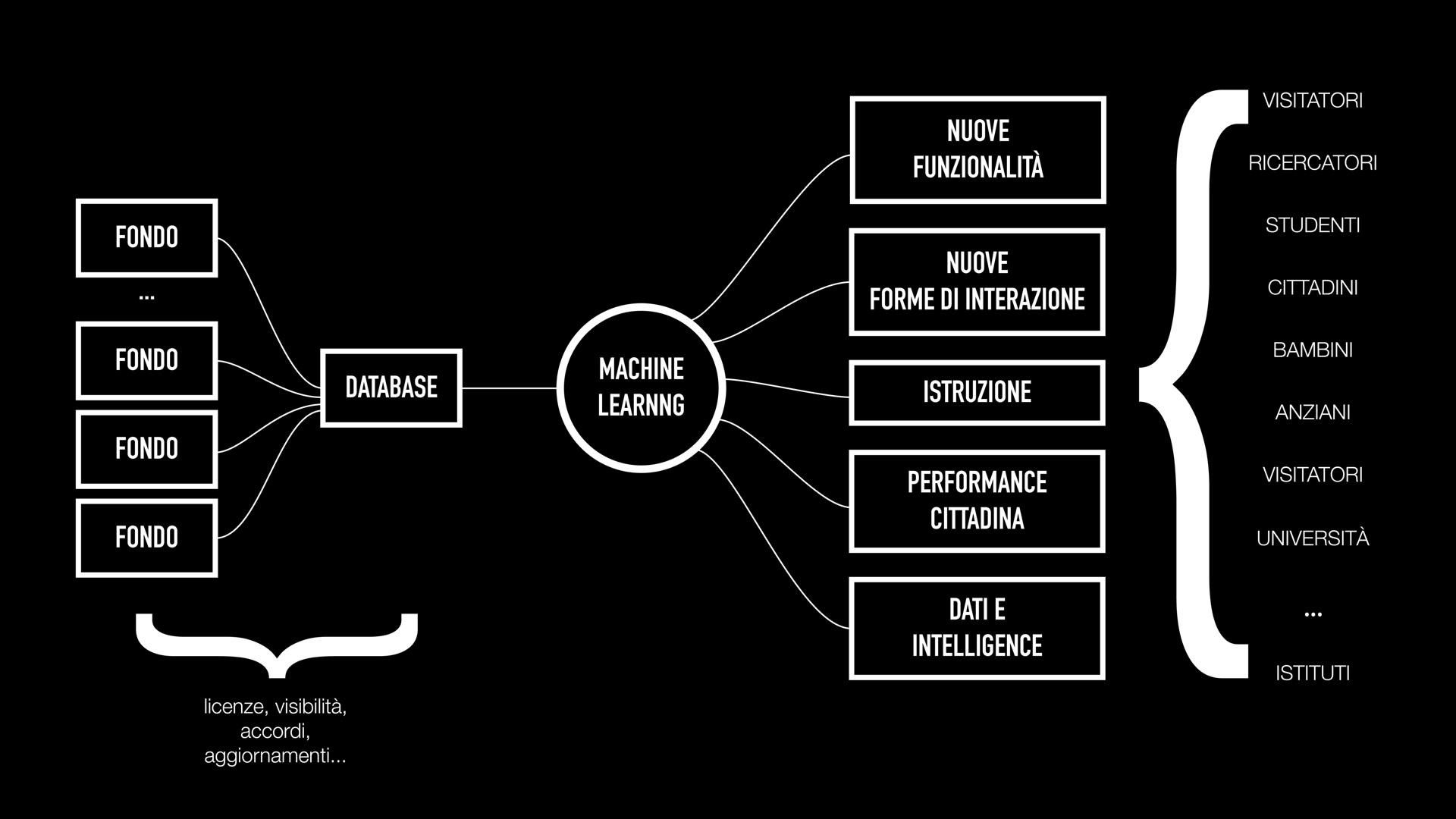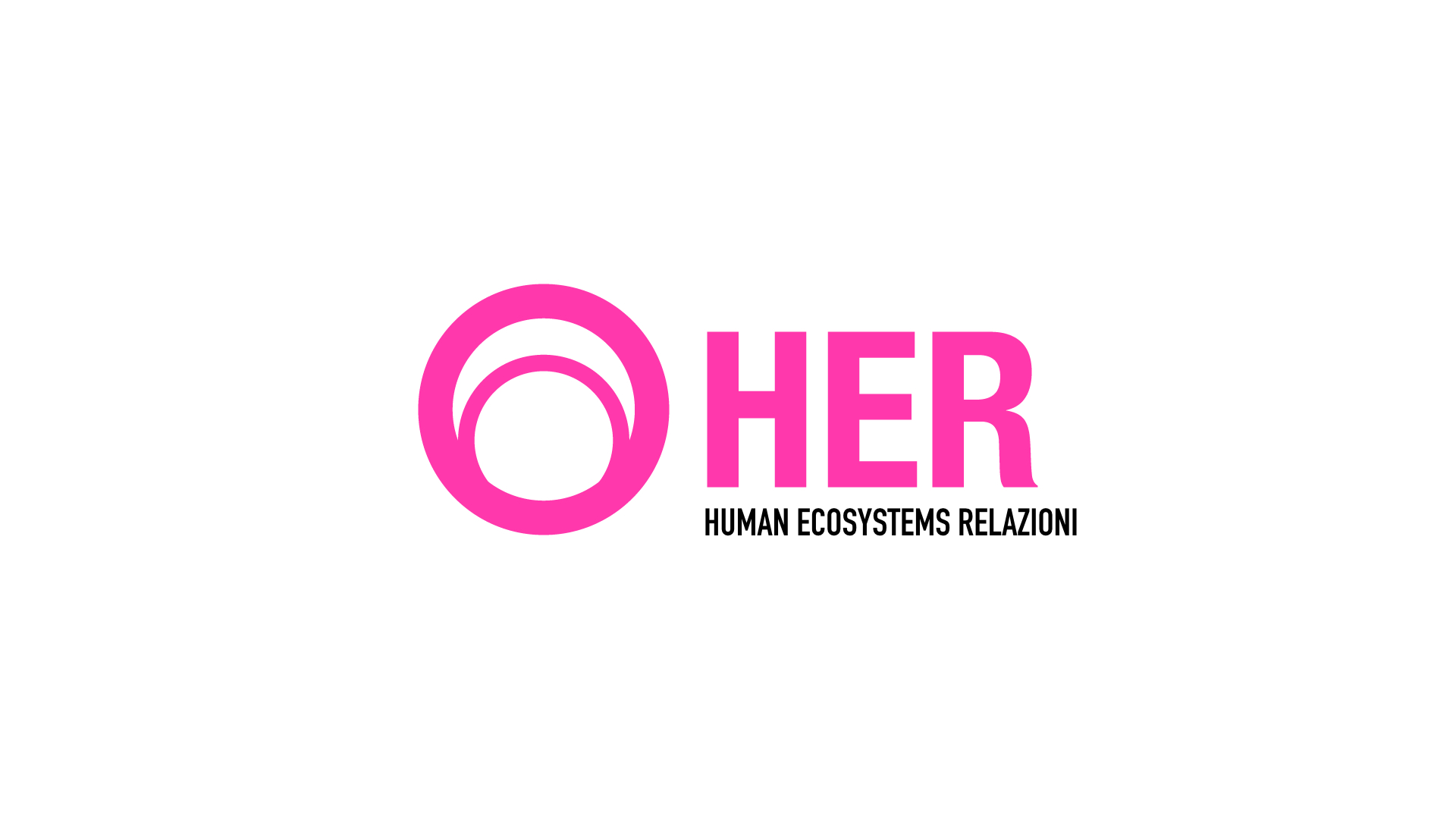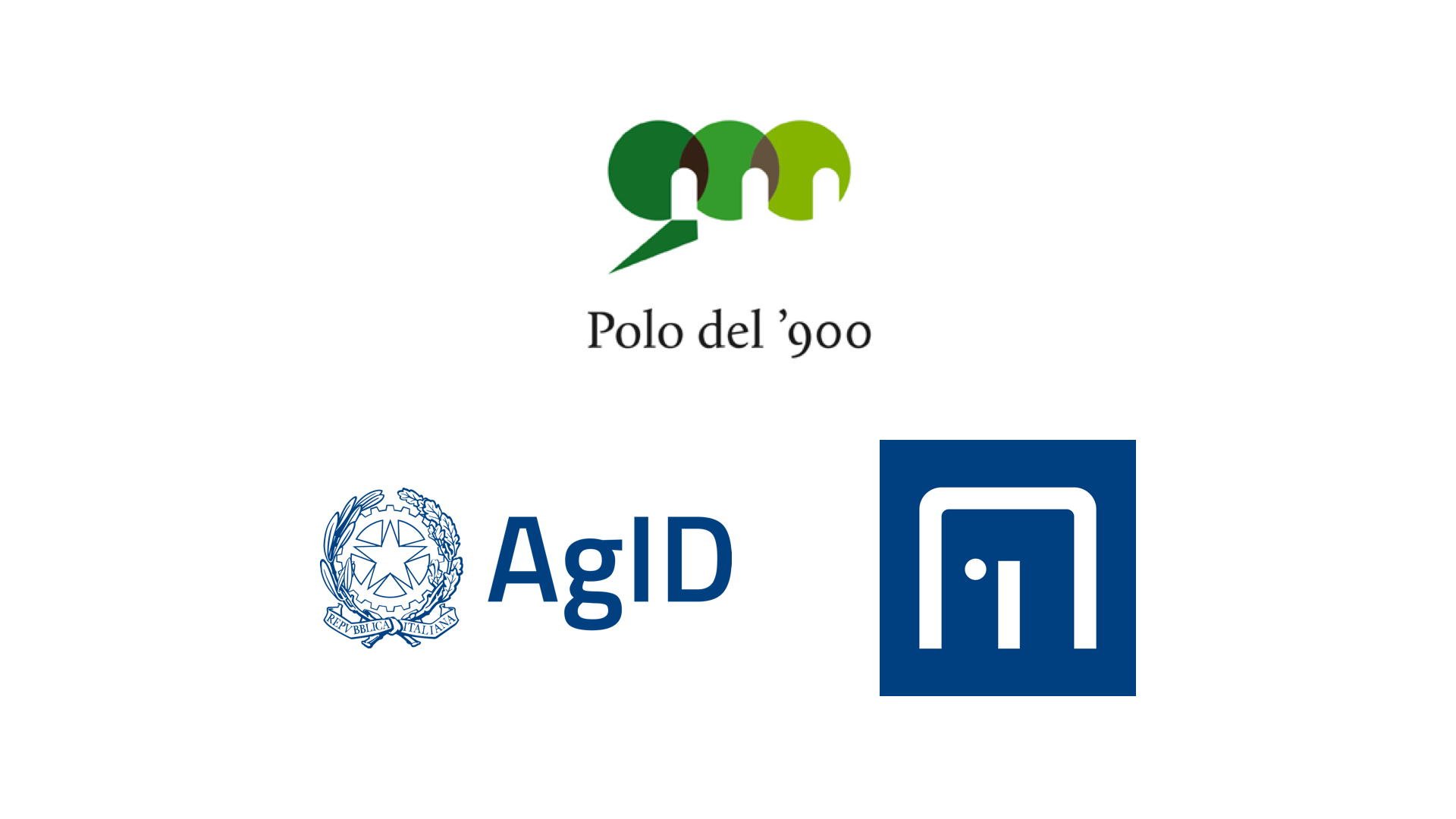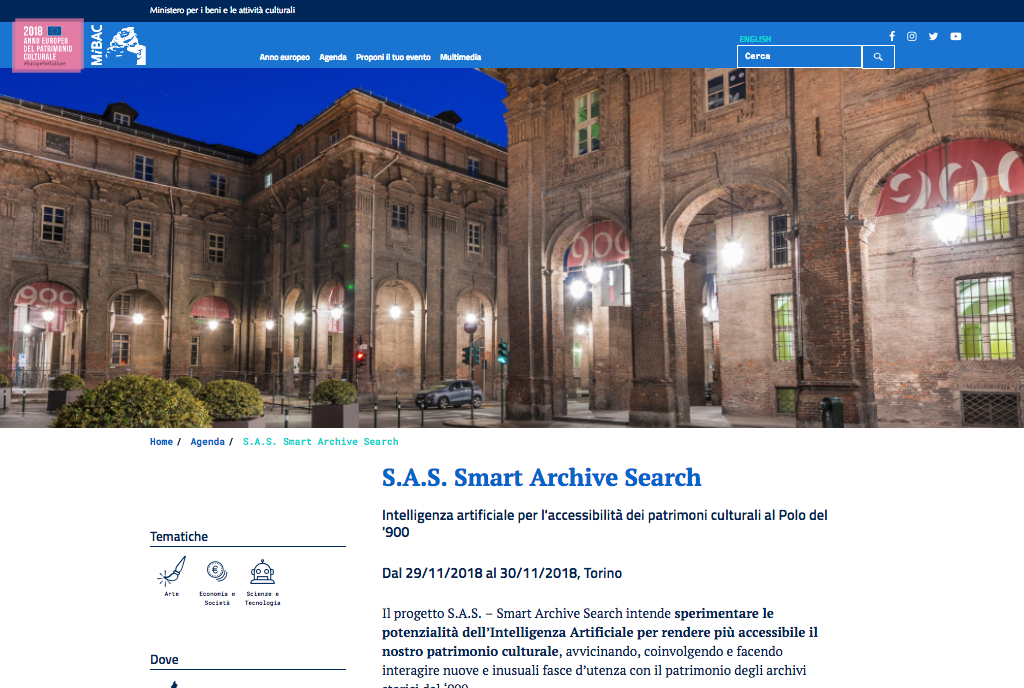SAS, Smart Archive Search
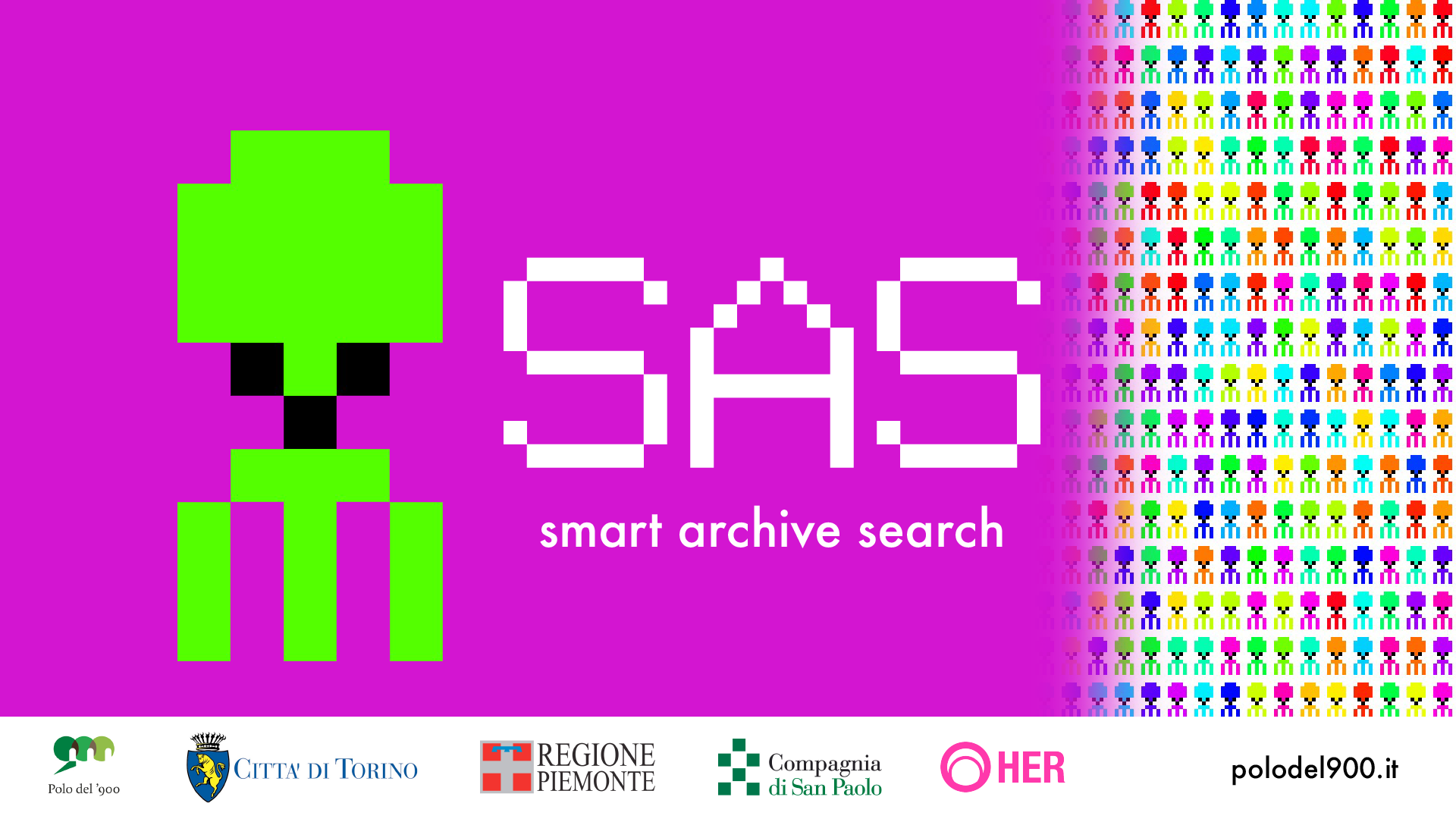
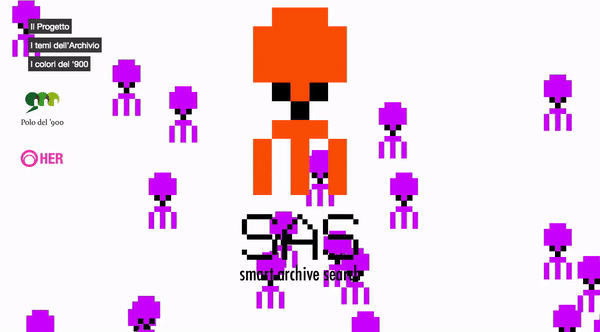
Some of them are very strict: they have their classifications and ontologies with them, and they use them to recognize what goes where in this prepared information architecture.
Some are fully emergent, meaning that they don’t start with any information at all. This allows them to focus on finding similarities (in text, shape, colour, meta data and more). Looking at these similarities, the resulting ontologies will be emergent.
Others are somewhat extremists, as they add a little noise and randomity to the process. In this case, they take more chances, and are able to make hypotheses about new types of categorizations to make, things that go with each other.
In SAS, children, elderly, students and other inhabitants of the city will participate to recurring events in which they will train the AI. They will teach the Artificial Intelligence to recognize faces, logos, shapes, buildings, famous characters, parts of the city and more. By doing this, they will learn about AI, Computer Vision, Natural Language Processing, Deep Learning and more.
The new interfaces
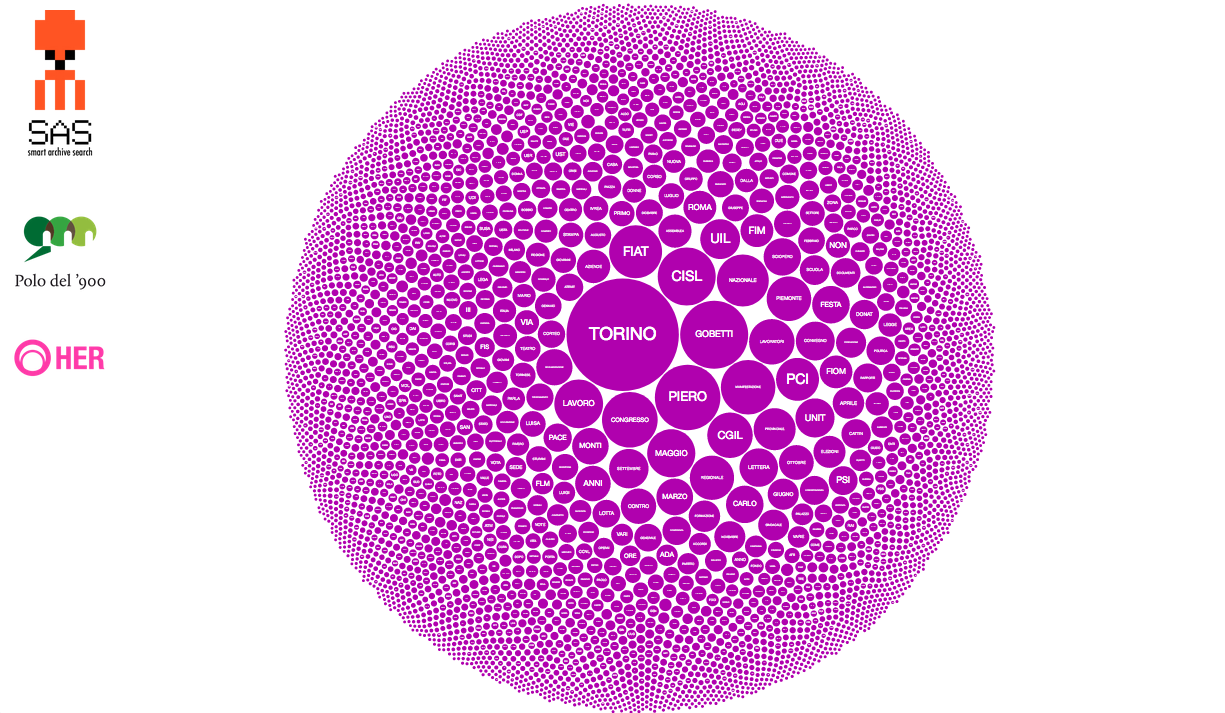
Browse the archive by color: a visual search
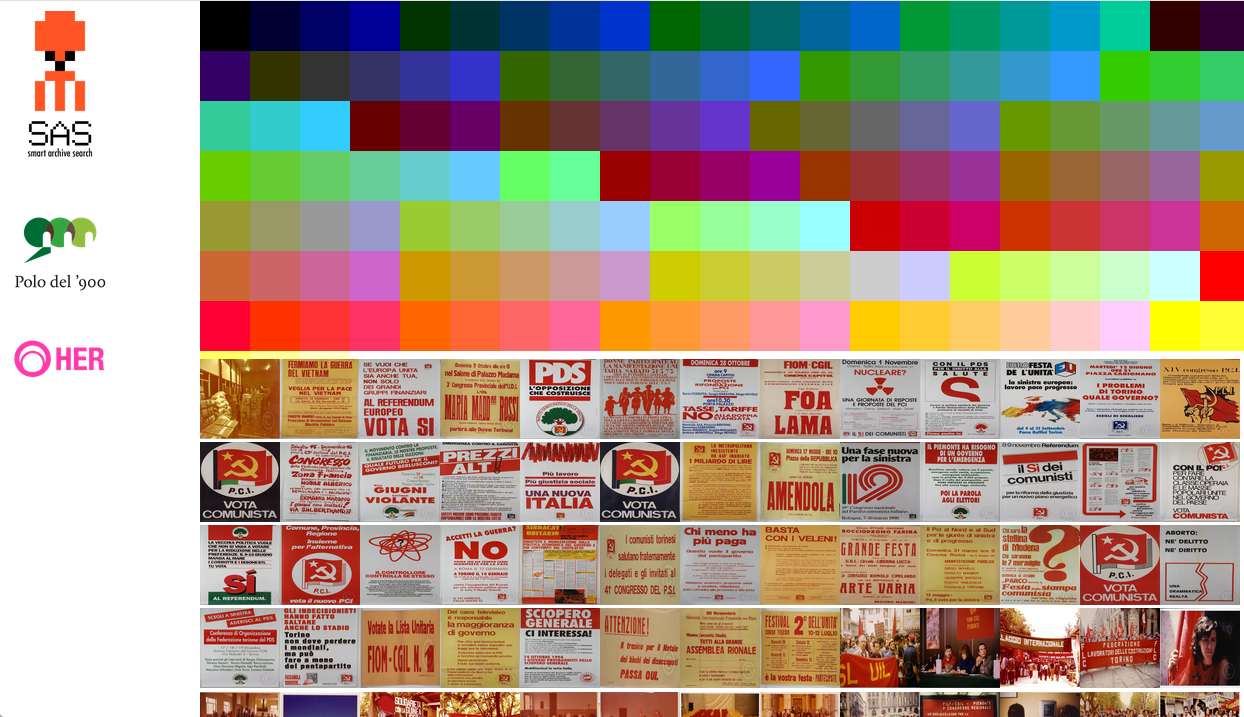
Explore the archive by concepts and help smart agents understand which things fit together logically.
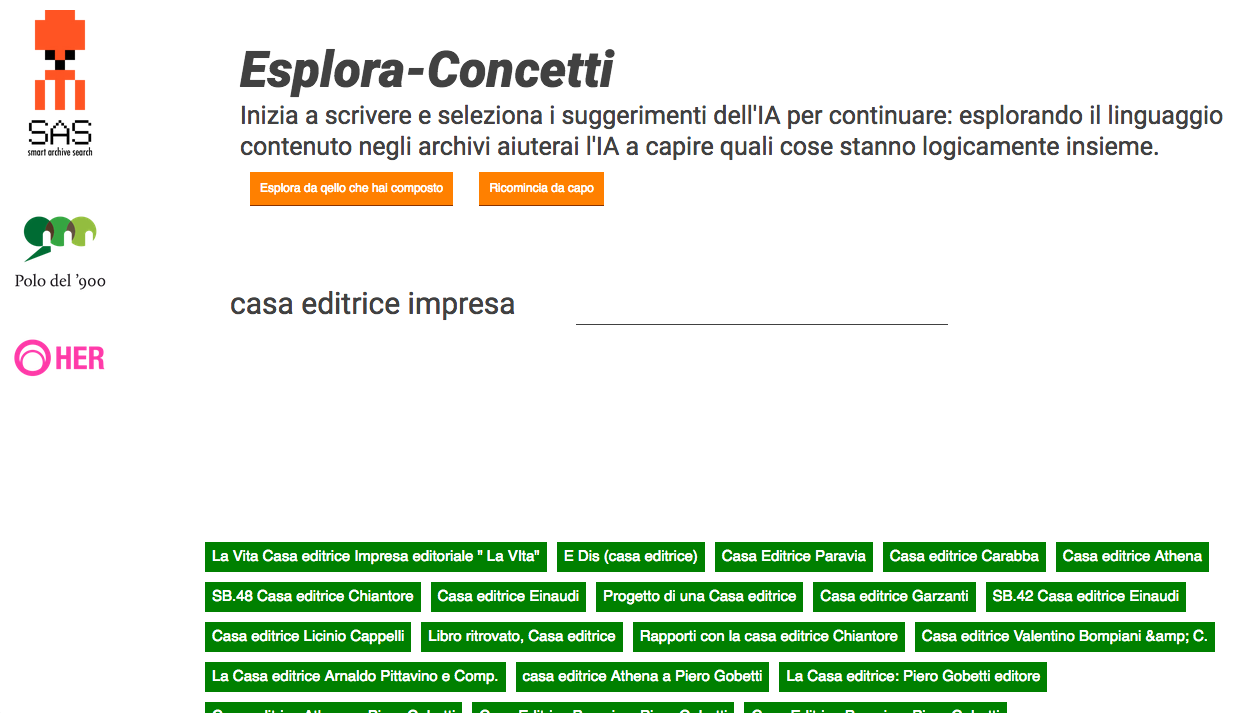

Browse the archive by themes and concept clusters
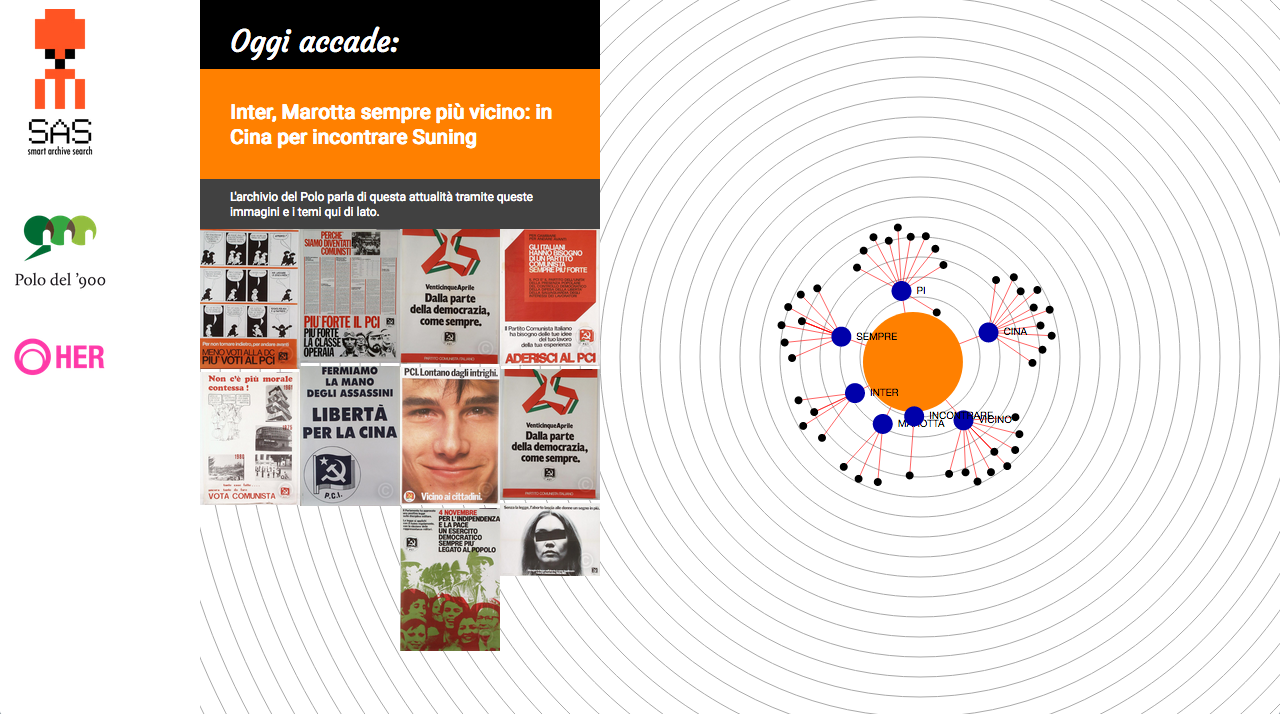
Explore the archive through relationships: write a word or concept to see what it is related to.
Read the present through the archive: smart agents use the news of the main newspapers to look for relationships and similarities with the contents of the archive. What changes? What is repeated in the history of today and yesterday? What can we learn?
Why AI in the Archive?
How can we use AI?
The Archive relates with the present
What can we learn by searching for things that emerge from the news, current trends and topics, in the news?
We can look at the present through the archive.
New audiences
New desirability
How is it done?
The archive’s databases are mapped to create a unique access point, respecting the different usage and access licenses, agreements between institutions etc.
Then a series of AI crawlers are unleashed onto the databases to perform their classifications.
This enables the possibility to add new interfaces in which new functionalities for accessing the archives are made available, new form of natural interaction, new modalities for education and public performance, new generated data and knowledge.
These interfaces and functionalities can be made available for visitors, researchers, students, citizens, children, elderly, institutions.
Smart Archive Search: partners
The project is deemed of particular interest by AgID, the Agenzia per l’Italia Digitale (the Italian Digital Agenda) of the Italian Governent (for this, the Polo del 900 has obtained a Convention with the institution), and of its Task Force for AI.
Smart Archive Search is part of the European Year of Cultural Heritage (2018).
